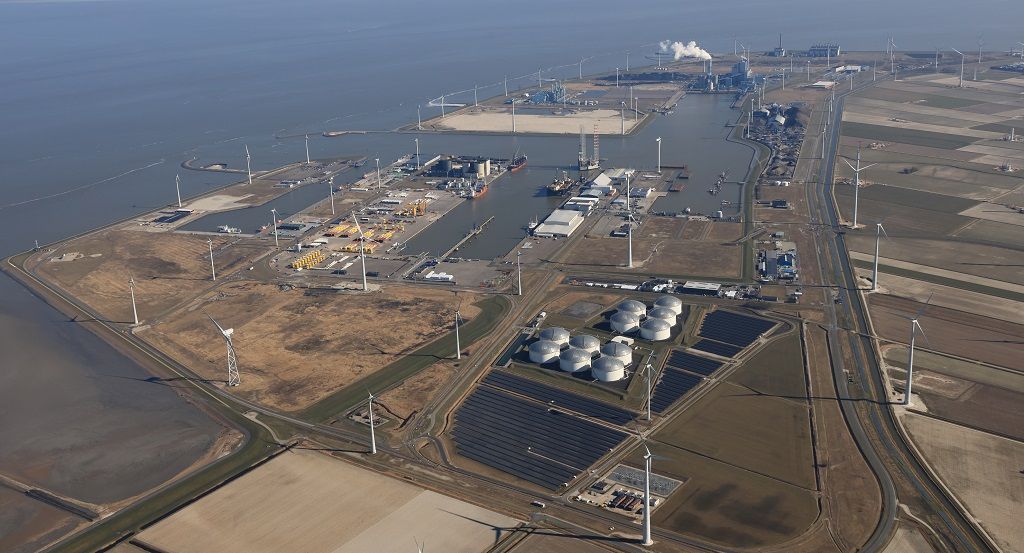Dutch natural gas grid operator Gasunie is making a big bet on the energy transition. On March 31, 2025, the company announced plans to invest around 12 billion euros—about $13 billion—through 2030. The goal is to speed up the shift to clean energy and keep major industries in the Netherlands. Here’s what’s driving this plan and what it means.
A $13 Billion Push
Gasunie’s investment will focus on upgrading the power grid to handle more green electricity and sustainable gases. “The company is taking major steps towards a future in which sustainable gases and green electricity reinforce each other,” Gasunie stated. This comes as Dutch industries face high energy costs and struggle to make production more sustainable. The $13 billion aims to fix that, ensuring businesses stay in the country.
Why the Investment?
The Netherlands is racing to meet climate goals. Demand for clean energy is rising fast, especially with the push for renewables like wind and solar. Gasunie’s grid upgrades will help integrate these sources while supporting hydrogen and other green gases. Dutch industry has been vocal about challenges, and Gasunie wants to step up. “Gasunie wants to do everything it can to keep key industries in the Netherlands,” the company added.
Key Highlights
- Investment Amount: 12 billion euros, or $13 billion, through 2030.
- Focus: Greening power networks for green electricity and sustainable gases.
- Objective: Facilitate energy transformation and keep Dutch industry.
- Grid Reach: Gasunie possesses a 15,500 km pipeline network in the Netherlands and Germany.
Challenges Ahead
This is not a small undertaking. Constructing and expanding grids requires time, capital, and coordination. Land use, licenses, and importing technology can be obstructive. And coordinating industry requirements with climate targets is difficult. But Gasunie’s experience—decades of knowledge moving gas—gives it a solid basis. Its 15,500 km network of pipelines demonstrates what it is capable of doing.
The Bigger Picture
Europe is investing big in clean energy infrastructure. A European Commission report published in October 2024 states the EU will require €584 billion through the period until 2030 to cover growing electricity demand, which will rise 60% by 2030. Gasunie’s $13 billion is part of that tide, and its heart is a flexible, digitalized network. It’s also a message to industries: the Netherlands needs to remain competitive while it becomes greener.
These upgrades will make possible more wind and solar energy, more fossil fuel reduction. They will make possible hydrogen, a component of industrial decarbonization. This investment is an example to be replicated in other nations that aim to couple growth and climate ambition.
Gasunie’s $13 billion project is ambitious. It’s leading the way to a cleaner, safer future for Dutch energy. With industries watching, this plan could keep the country at the forefront of Europe’s green transition.

